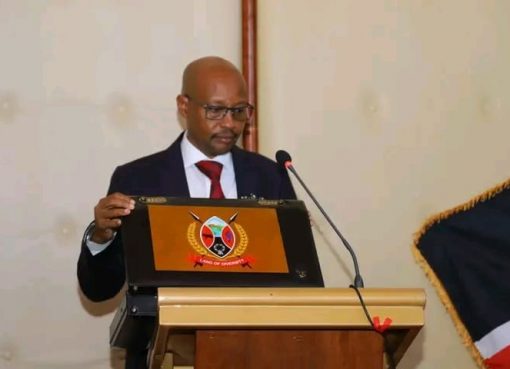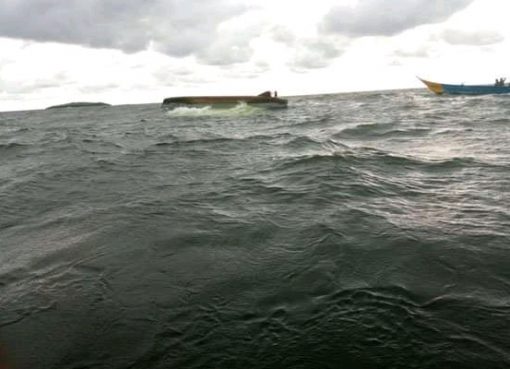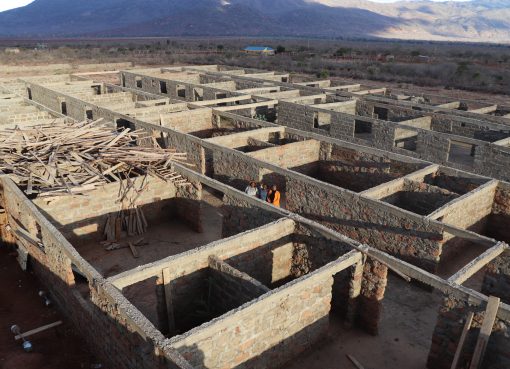Tucked deep in the hinterland of misty hills in Wundanyi sub-county are rare historical sites that have lain undisturbed for over half a century.
Occasionally, an adventurous tourist with a taste for local history and culture turns up to marvel at these unexploited unacknowledged wonders that have great historical significance for Kenya’s liberation history.
Chief amongst them are the historic Kenyatta caves whence Kenya’s founding father Mzee Jomo Kenyatta and other Pan Africa freedom icons including Julius Nyerere took refuge for months while hiding to escape the brutality of colonial soldiers.
Inside the caves are rare artefacts like a three-legged stool, a comb and a hide bed; Kenyatta’s personal items during his long stay in the caves. Already, the National Museums of Kenya (NMK) has gazetted the sites with rare historical and cultural value.
Other unique attractions are the famous skull caves in Mwanda where thousands of skulls are preserved to honor Taita heroes. NMK is working on having the skull caves listed under UNESCO world heritage site to advance cultural benefits for the local community.
The Wundanyi hills are also home to the brooding dense forest that is a sanctuary for the critically endangered birds; Taita White Eye and Taita thrush.
Other notable sites include the towering Vuria Mountain with its icy foggy peaks; the picturesque massive Funju rocky outcrop, natural springs and a series of jagged hills whose sides spectacularly cascade to hundreds of meters to the low-lying valleys.
Despite the humongous tourism potential the sites have, tourism stakeholders concede that the region has remained severely underexploited which has condemned the unique sites to exist in a state of near-total obscurity.
The major challenge that has contributed to this state is the absence of proper roads that have made accessibility to the majority of those sites a nightmare for tourists. Most of the sites are located in remote areas where the terrain is inhospitable and the roads barely motorable.
Mr. Livingston Mghenyi, the National Chair of Domestic Tourism Association (DTA), says most sites are located in hard-to-reach hilly areas without proper roads. This aspect has made it impossible for tour operators to market the region to visitors touring Tsavo National Park for bush tourism.
“That is going to change as we are standing on the verge of a new era in the tourism sector. With this new road, we will include Wundanyi and its environs as part of the great Tsavo tourism circuit. Tourists from Tsavo East National Park will pass through the hills and proceed on to Tsavo West. The hills that have been inaccessible are now open to all,” says the veteran tour operator.
Mghenyi’s excitement is shared by most Tsavo tour operators who regard the 54-km Mto Mwagodi-Dawida-Mbale-Wundanyi-Bura road as the magic bullet that will reinvigorate the historical tourism in the region and open up the area for international tourism.
Constructed at a cost of Sh2.1 billion, the road is currently the biggest capital-intensive project in the county. It cuts through several villages in Mwatate and Wundanyi sub-counties as it winds its way across hills and valleys where it is expected to also serve crop and livestock farmers access markets, enhance access of institutions like schools and health facilities and attract multiple investors.
Taita-Taveta County Commissioner Josephine Onunga says the construction is expected to be completed by September 2024.
She adds that despite the delays that had faced the project in the past, the contractor was on course and had completed the first milestone of around 5.4 km.
Ms. Onunga pointed out that one of the sectors set to benefit immensely from the completed project is tourism. Noting that Wundanyi will become the new addition to the Tsavo Tourism Circuit, she urged the tour stakeholders and promoters to take advantage of the road and market their products to potential clients. This, she said, will create jobs, increase grassroots revenue and market the region as a prime tourist destination.
“Once complete, it will allow the Tsavo tourism circuit to get an extra destination. We are hoping that stakeholders in the tour sector will exploit this chance and promote the hills and other areas as part of key tourist attractions,” she says.
She also pointed out that the road will bolster farming activities through enhancing farmers’ access to markets in Voi and Mombasa while promoting establishment of businesses along the winding route.
“The road is also intended to bolster the crop and dairy sector value chains for thousands of farmers in Wundanyi, Bura and Mwatate. What we are doing is closely monitoring the contractor to make sure he delivers a good project on time,” she says.
While Tsavo is famous for bush tourism that involves driving through the rugged savannah landscapes to see wildlife, the Mwatate-Wundanyi road is poised to incentivize tourism to engage in historical and cultural tourism which will eventually add value to the emergent concept of home-stays.
Mr. Mghenyi says the route will encourage the development of a unique tourism package that will encompass nature trail walks, nature photography, bird-watching, rock-climbing and bungee-jumping amongst other attractions.
He adds that the terrain along where the road cuts through is perfect for introduction of such packages as part of diversification of revenue from the tourism sector.
“We are planning on enhancing the tourism experience through having special packages for those tourists who will use this route. This is an opportunity because we are developing a tourism master plan that will support such initiatives in law,” he says.
By Wagema Mwangi





